Contrary to widespread opinion, Berkeley-as-Rebel was not born with the Free Speech Movement in 1964. Our non-conformist heritage stretches back to the early 20th century. In the 1950s, we had our poets and musicians and bookstores and guest appearances by Allen Ginsberg and Jack Kerouac. And we had Izzy and Edith Sher.
In 1954, Izzy Sher opened The Wire Shop on Bonita. He later worked out of his house at 1312 Virginia Street. In the backyard, he created a soaring steel jungle, which Renny Pritikin, Chief Curator of the San Francisco Contemporary Jewish Museum, described as “a kind of overwhelming garden of junked-up, rusting dreams.”
The jungle has been dismantled but its parts remain in the backyard, along with tons – literally tons – of Izzy’s sculpture.
Izzy’s garage workshop may not be in full production mode these days, but the remnants of a life lived outside the bounds of rational culture are abundant.
Izzy’s first-born, Zalman Sher, lives in the house and curates Izzy’s legacy, including the garage workshop/studio.
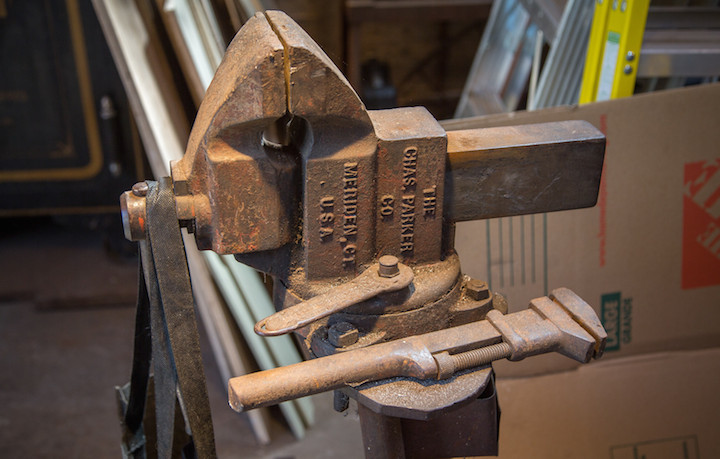 Many of Izzy’s tools and much of his metal-working equipment remain. The romanticist in me (a big part of me!) imagines that they wait the return of their artist, that they long for his hands and voice.
Many of Izzy’s tools and much of his metal-working equipment remain. The romanticist in me (a big part of me!) imagines that they wait the return of their artist, that they long for his hands and voice.
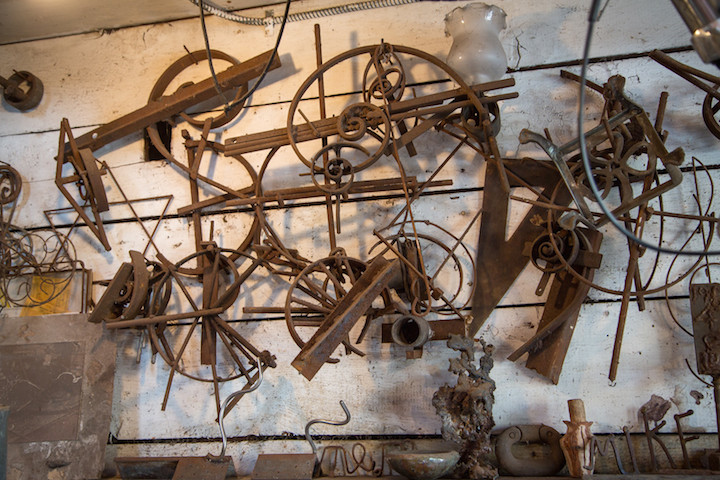
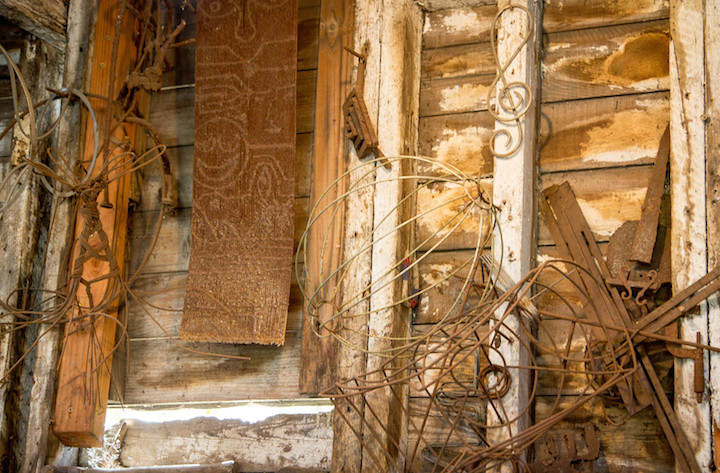 His wire art lines the walls and shelves.
His wire art lines the walls and shelves.
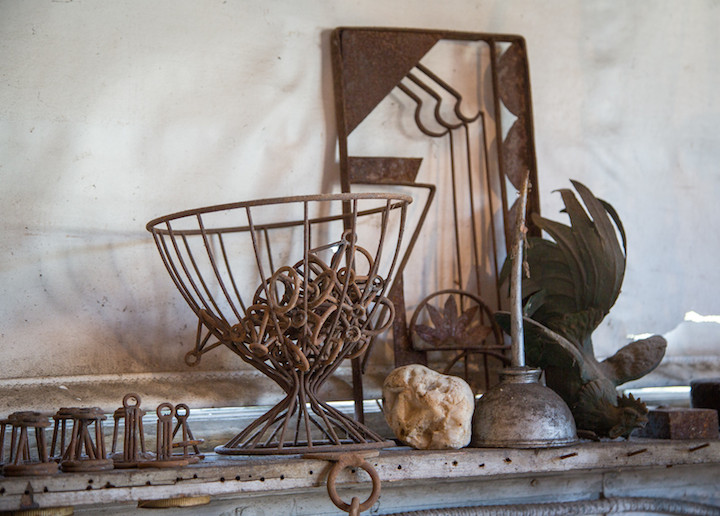
 An unfinished, unplayed wire chess set sits on a shelf, probably destined to never be played.
An unfinished, unplayed wire chess set sits on a shelf, probably destined to never be played.
Izzy Sher did not confine himself to any one medium or form of expression. For me, his wire art is the most exquisite in an against-the-grain way.
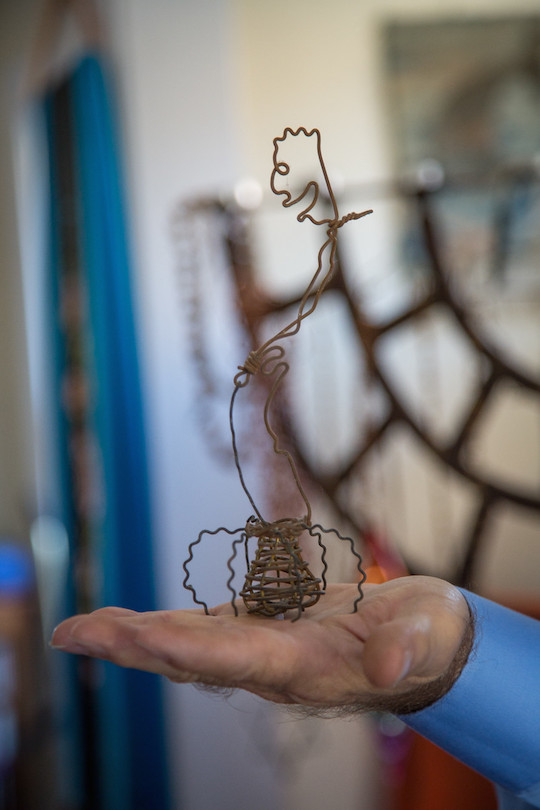
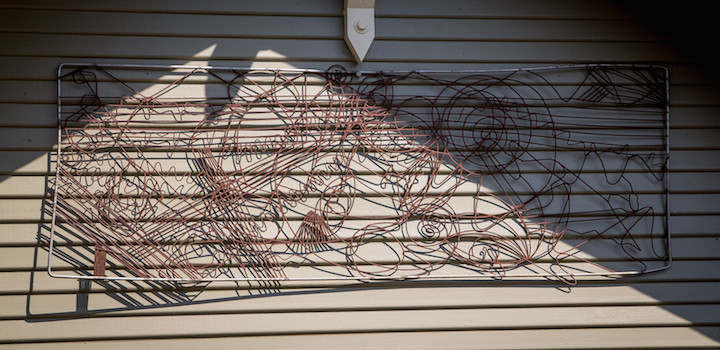
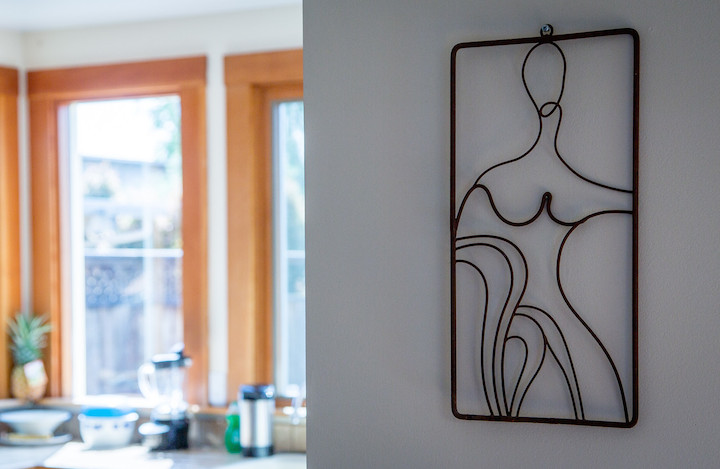
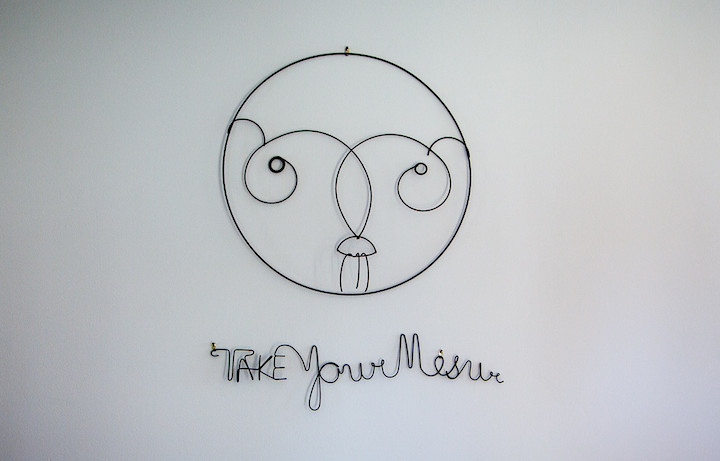 Sher’s furniture evokes a mid-century ethos. I find it to be ultimately cool.
Sher’s furniture evokes a mid-century ethos. I find it to be ultimately cool.
Sher made this over-sized chair for his over-sized friend, Lou Gottleib – a new wave comedian of the 1950s, bassist for the Limeliters, and resident of Morningstar Ranch/The Digger Ranch in Sonoma County. When Gottleib died in 1996, the chair came back.
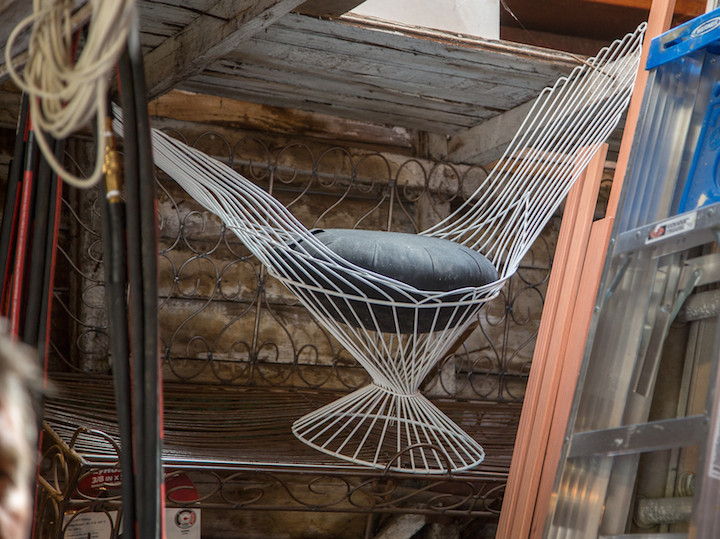 This “salad bowl” chair hangs in Sher’s garage studio. Some of the furniture was once painted, emphasis on “once.” Rust conquers all!
This “salad bowl” chair hangs in Sher’s garage studio. Some of the furniture was once painted, emphasis on “once.” Rust conquers all!
Ouch! What could possibly go wrong with this design?
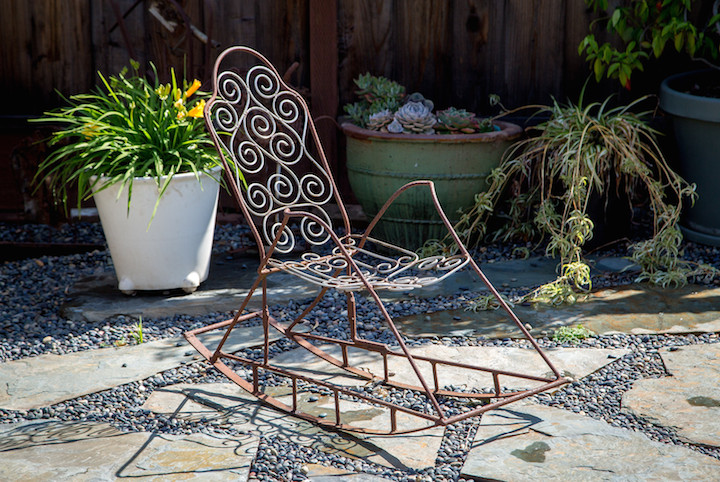 There are dozens, even scores, of steel sculptures in the garden.
There are dozens, even scores, of steel sculptures in the garden.
Sher was a member of Congregation Beth Israel, and religious iconography was central in much of his work. His menorahs – some seven-candled and some nine-candled – were big and small, steel and wire, simple and complex.
Izzy didn’t stop at steel and wire. He worked with concrete:
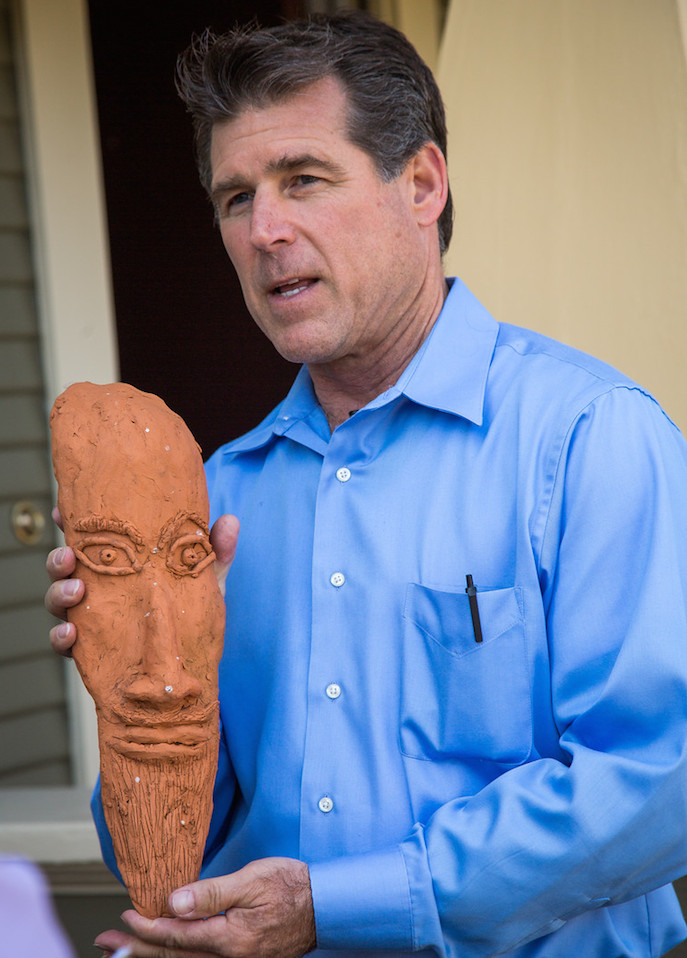
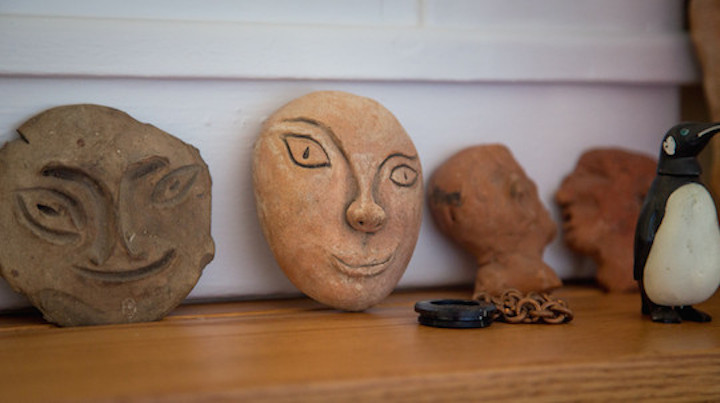
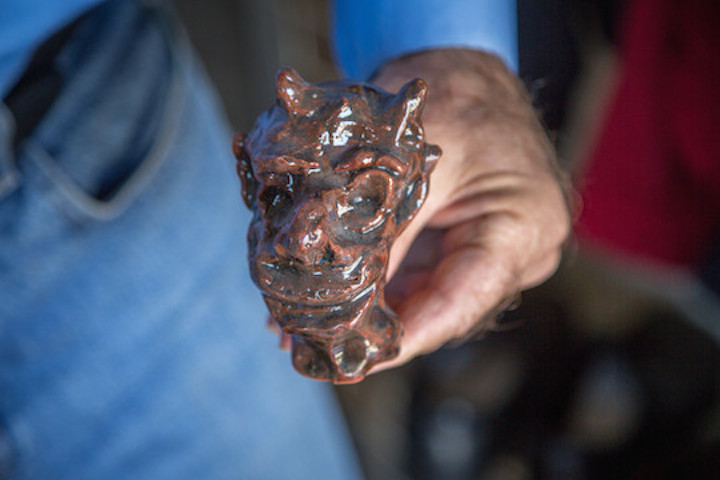
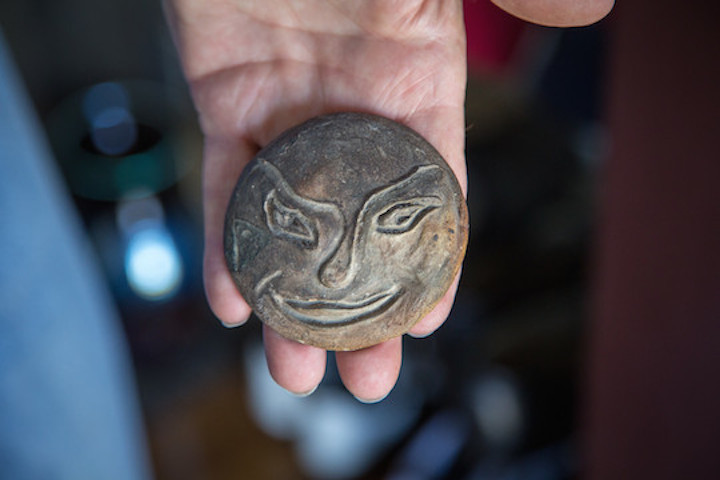 He was fascinated with chains – chains of copper, of clay beads, of fish vertebrae, of wood.
He was fascinated with chains – chains of copper, of clay beads, of fish vertebrae, of wood.
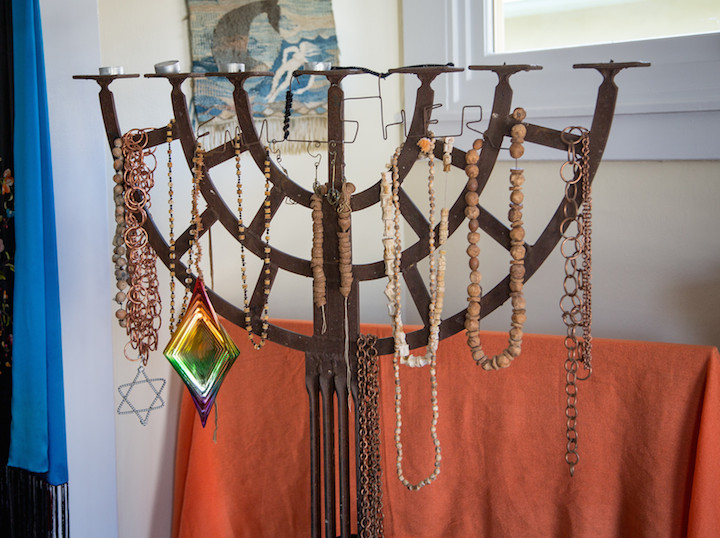 And more and more. Zalman says that his attic is filled with paintings and drawings. And chains. And so much more.
And more and more. Zalman says that his attic is filled with paintings and drawings. And chains. And so much more.
Izzy Sher embodies all that was paradigm-challenging in the otherwise conformist 1950s, and he embodies the quirkiness that characterized Berkeley at the time. Rust has only added luster to his art.
I showed the photos to my friend. He whistled to himself a few times. He looked up at the end. “You chickened out with the picture of Izzy’s wife.” I knew the photo he was talking about. Edith squats with her back to the camera, nude, in front of the sulfur springs bathtub at Esalen. The photo was taken by Ellen Auerbach. It is not mine to share,and I say that existentially, metaphysically, spiritually. It just isn’t mine. But it is a stunning photograph.
Aside from this, what did my friend think of the art of Izzy Sher?


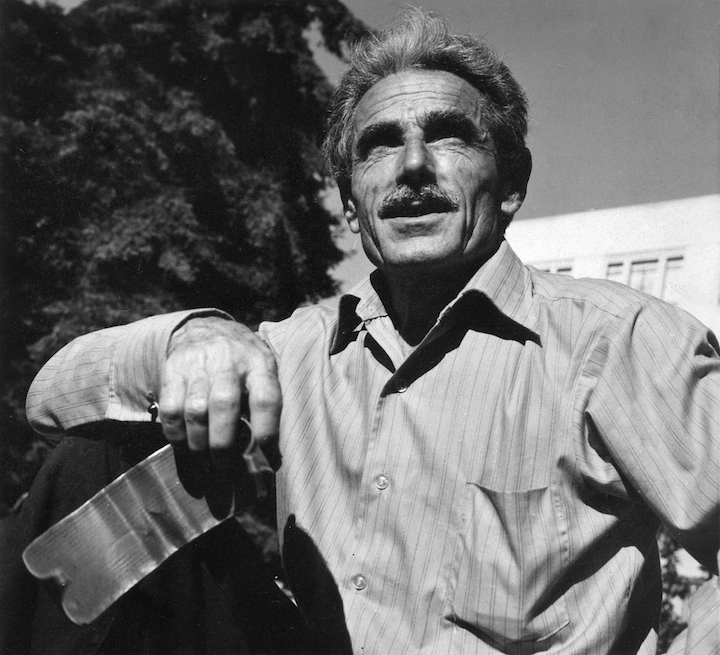
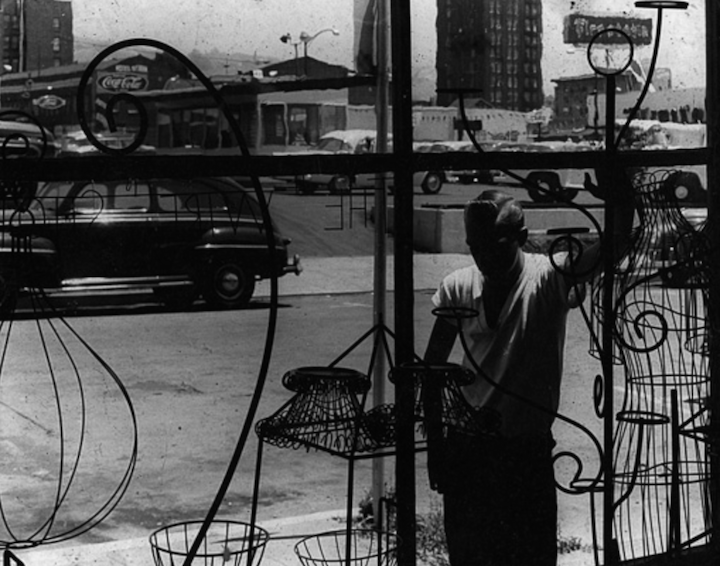
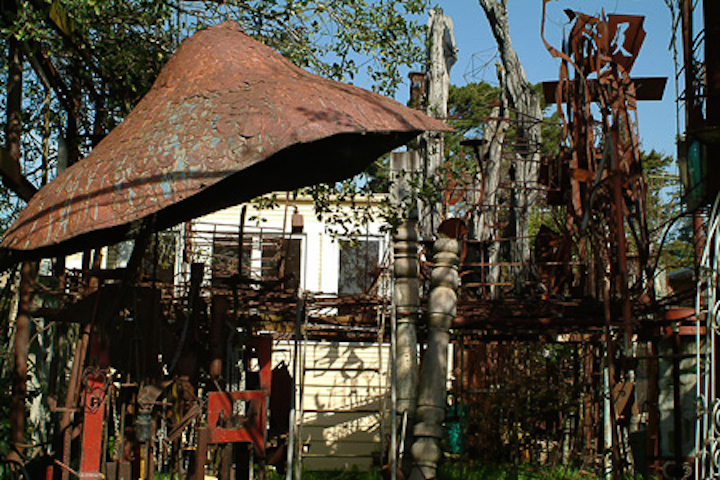
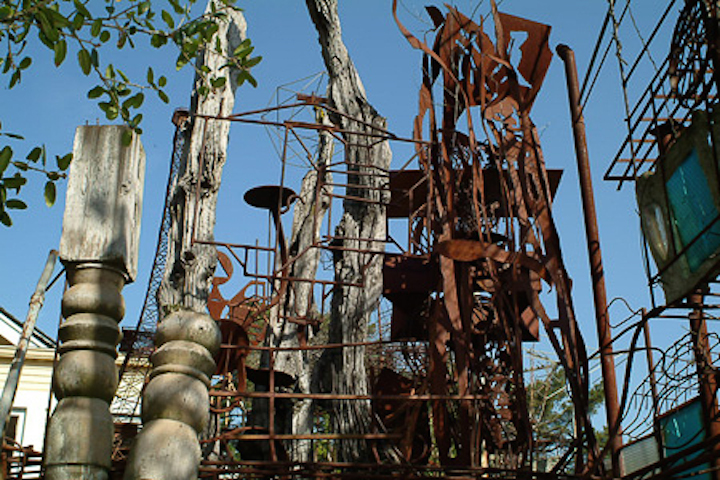
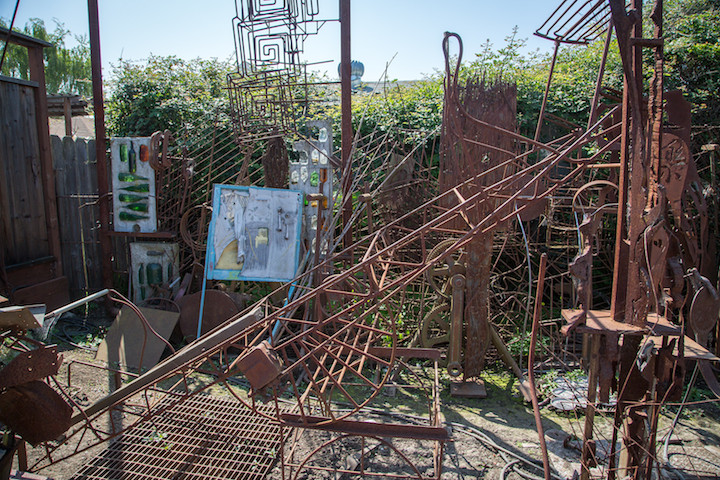
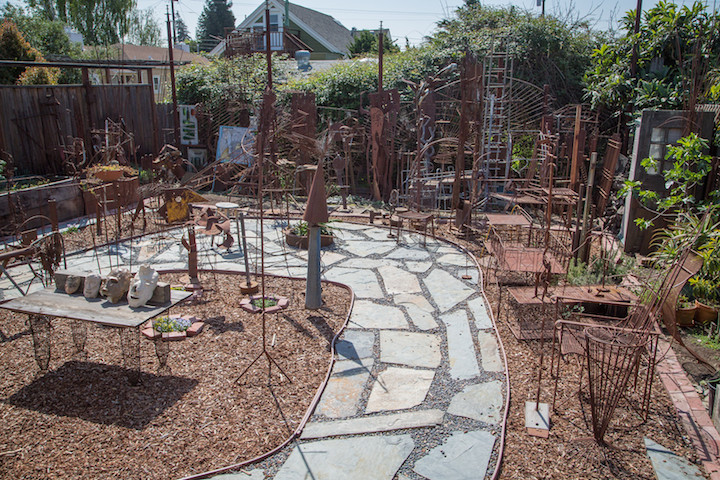
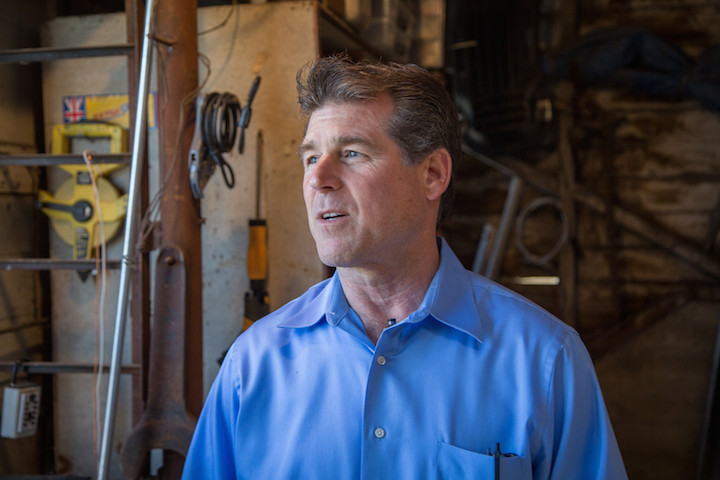
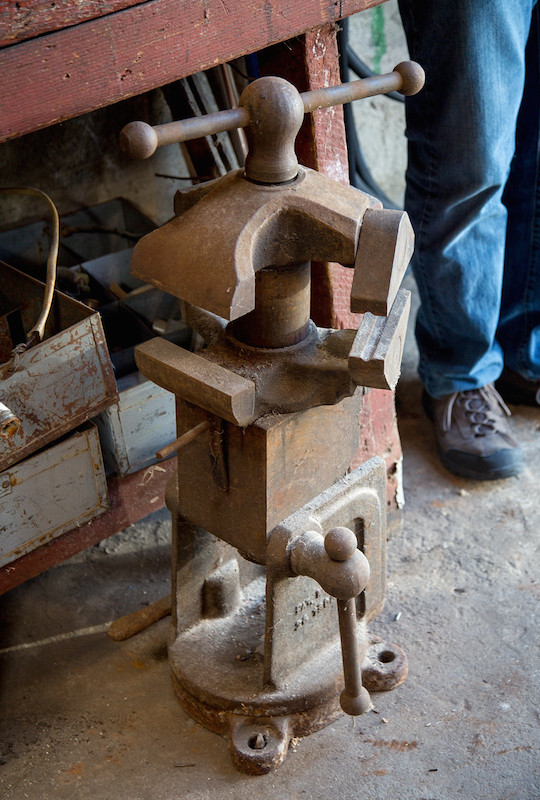
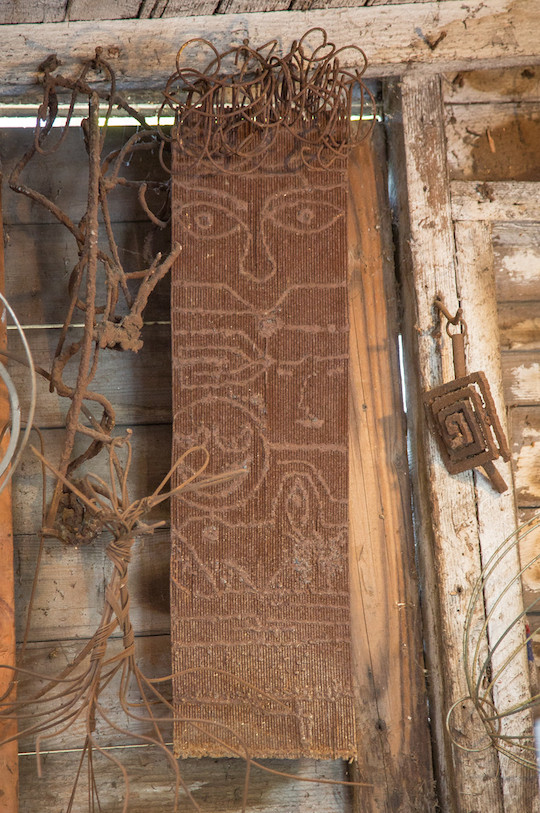
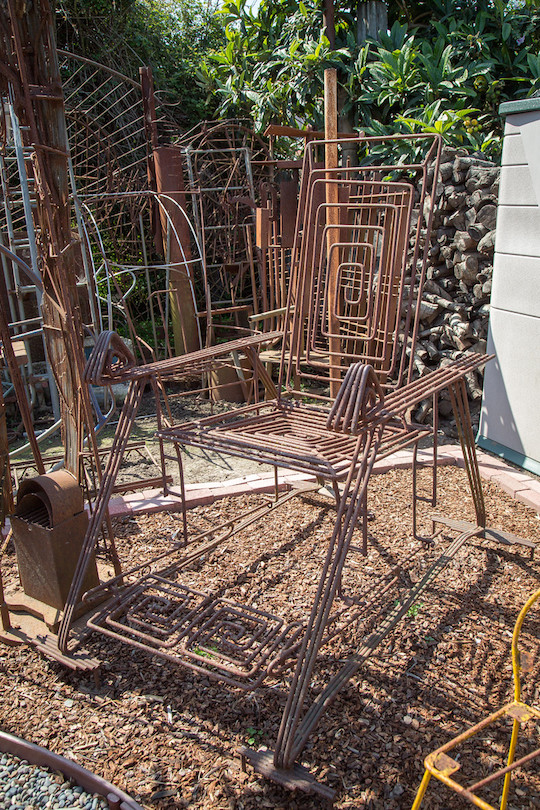
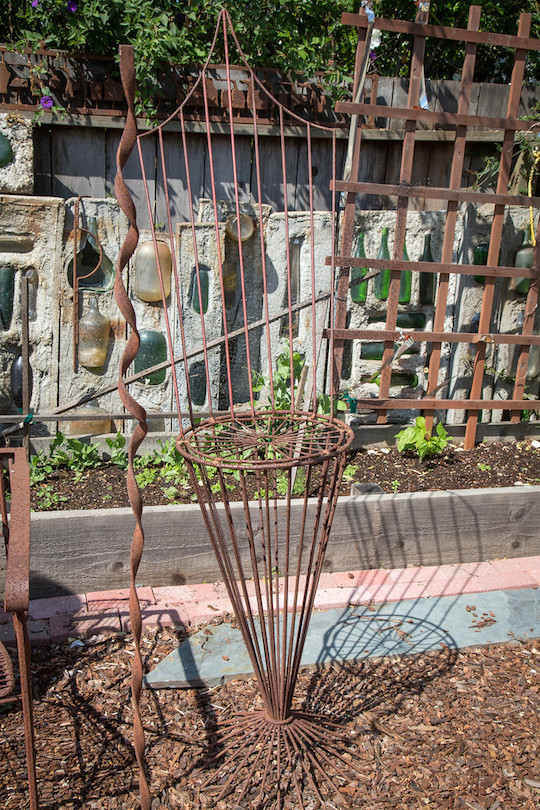
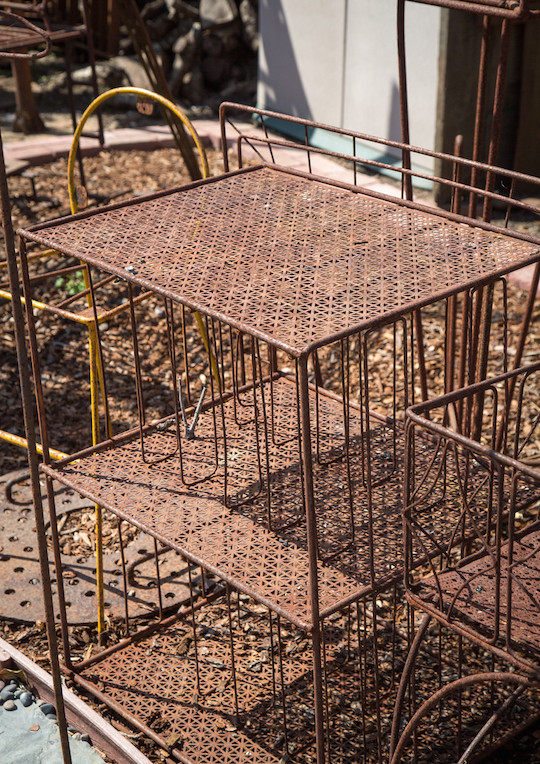
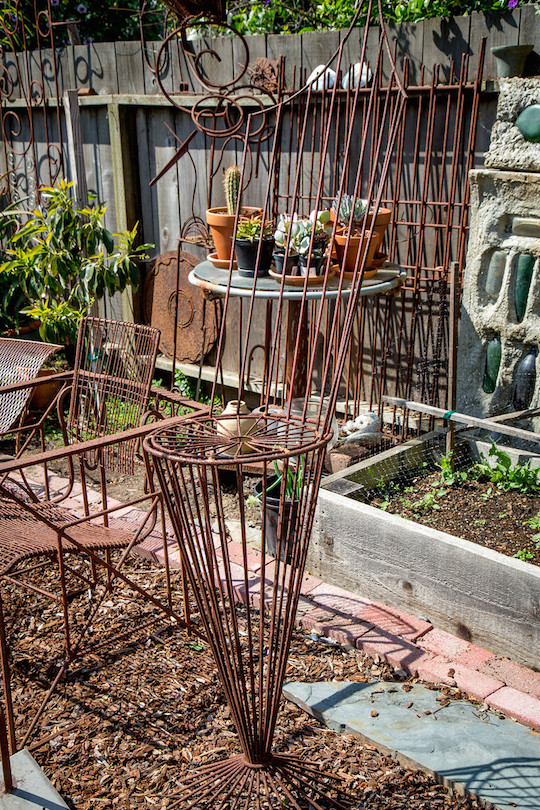
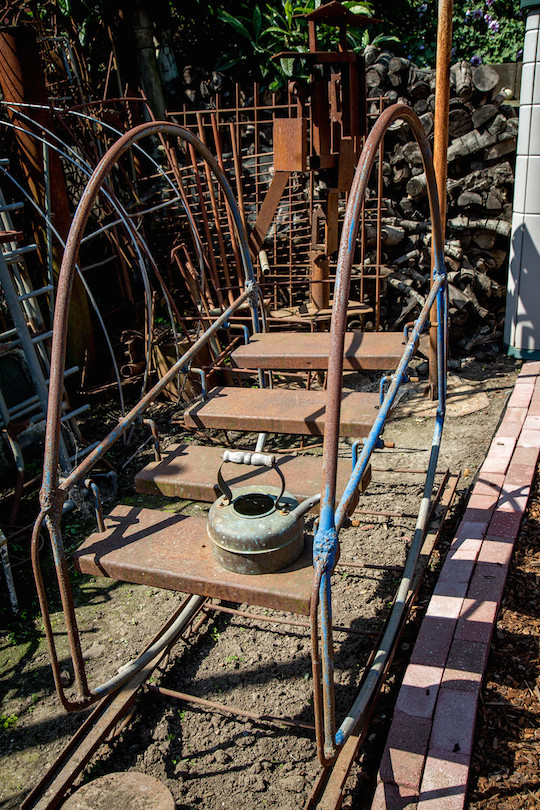
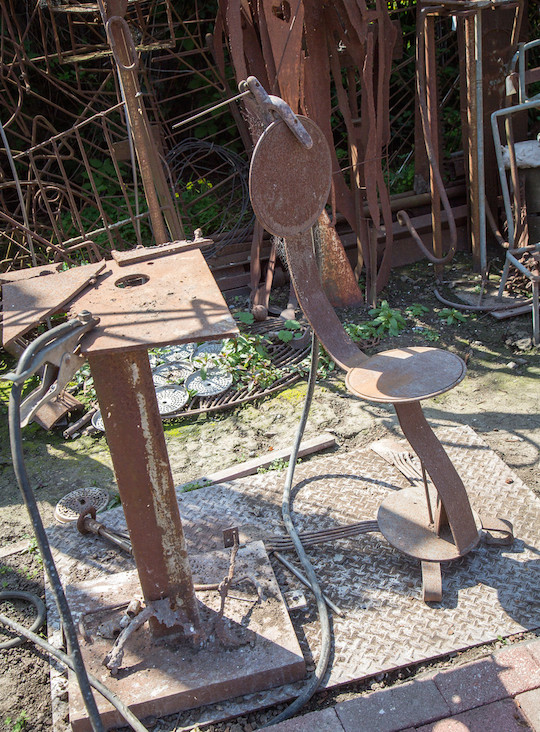
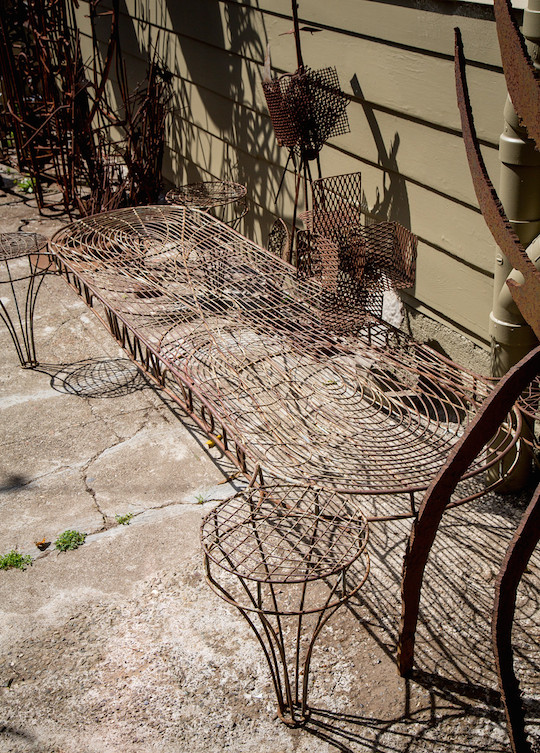
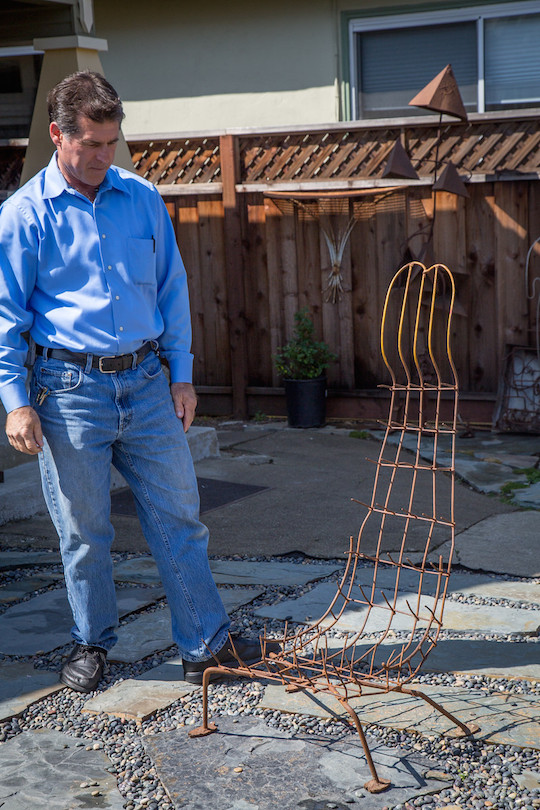
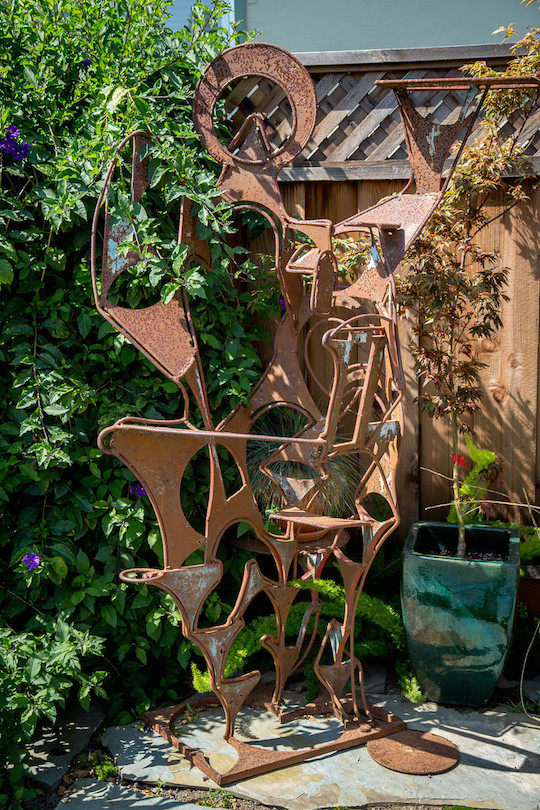
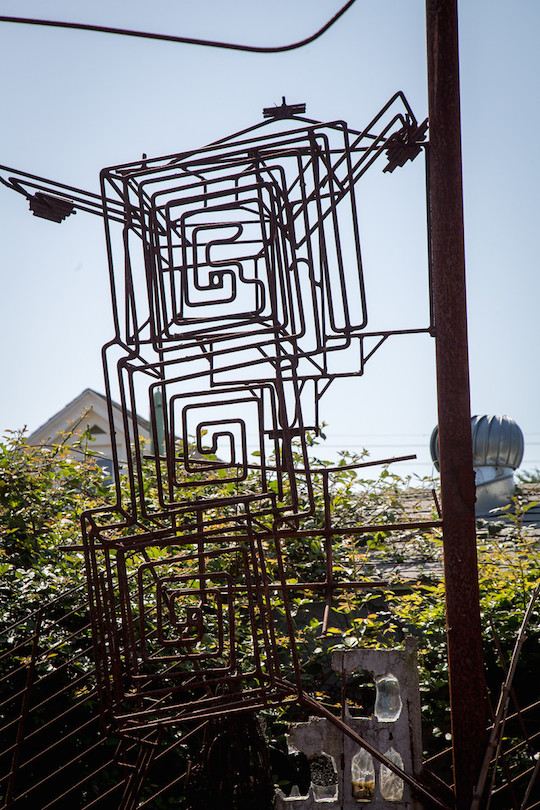
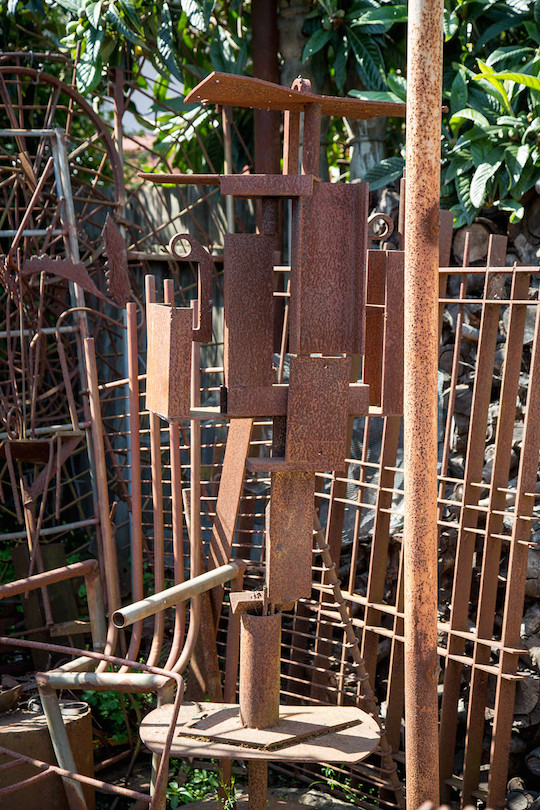
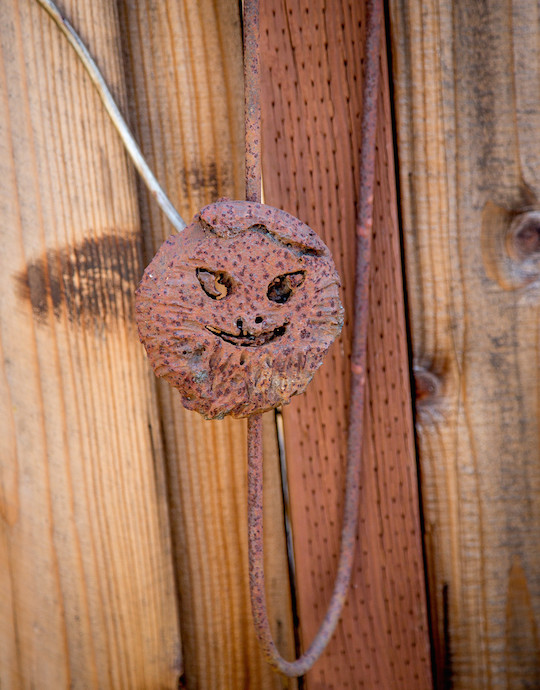
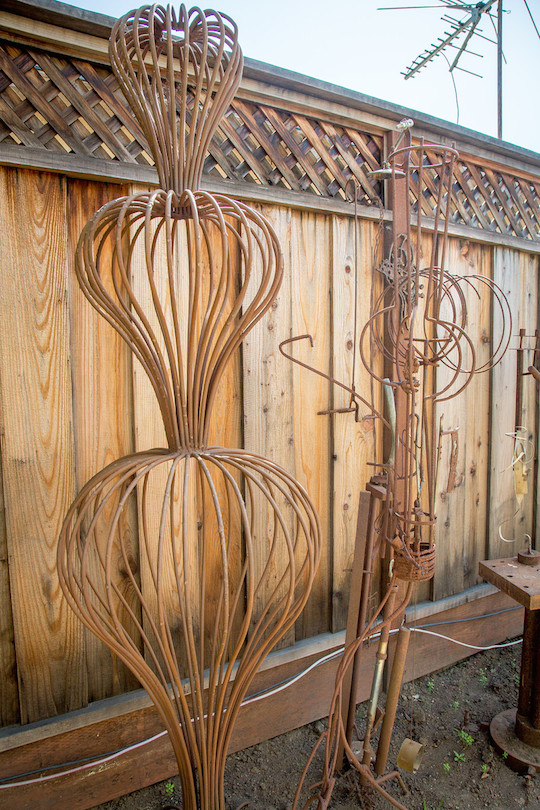
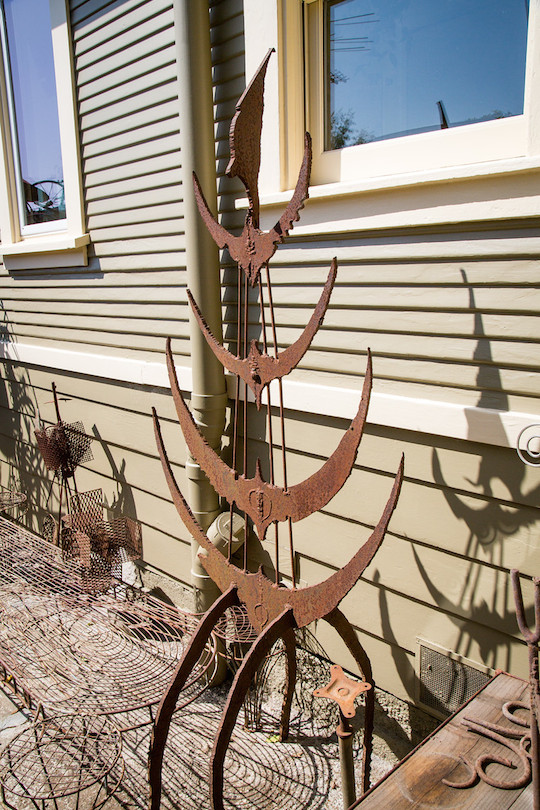
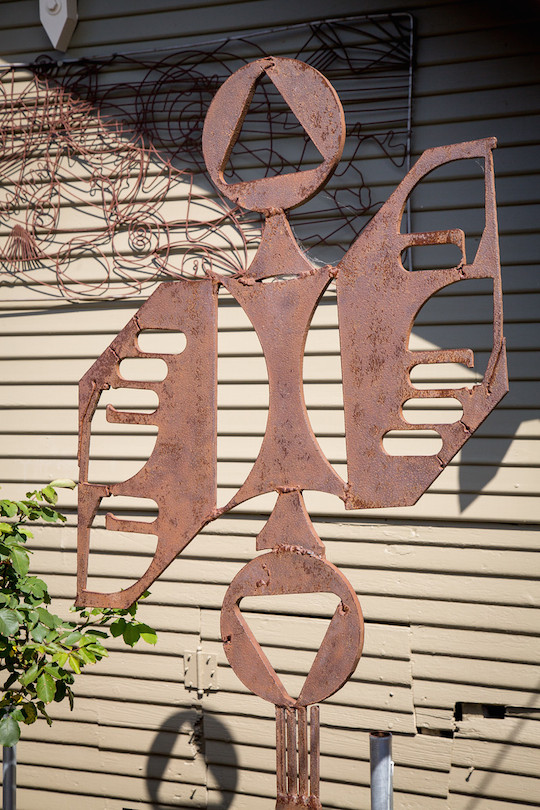
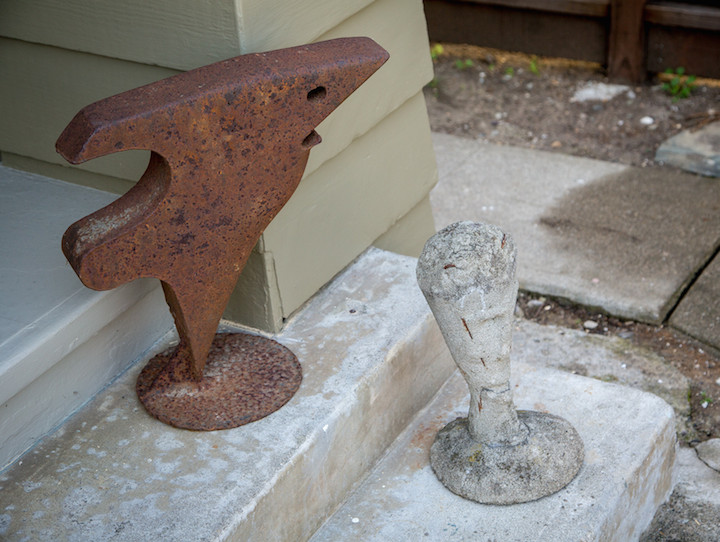
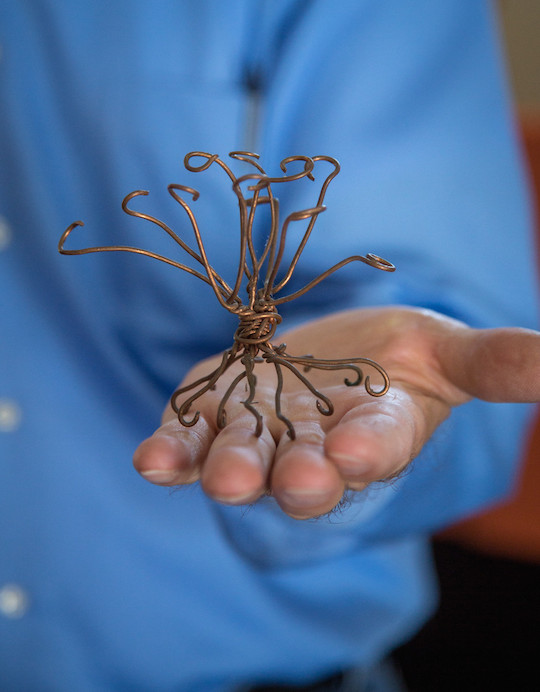
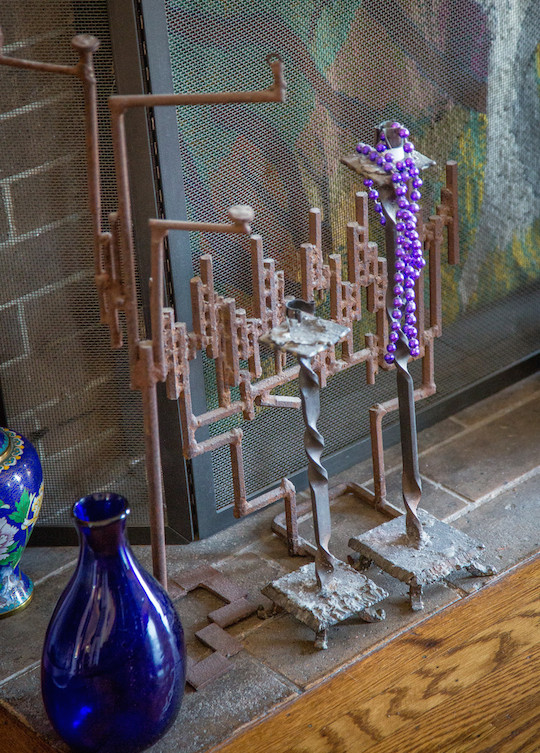
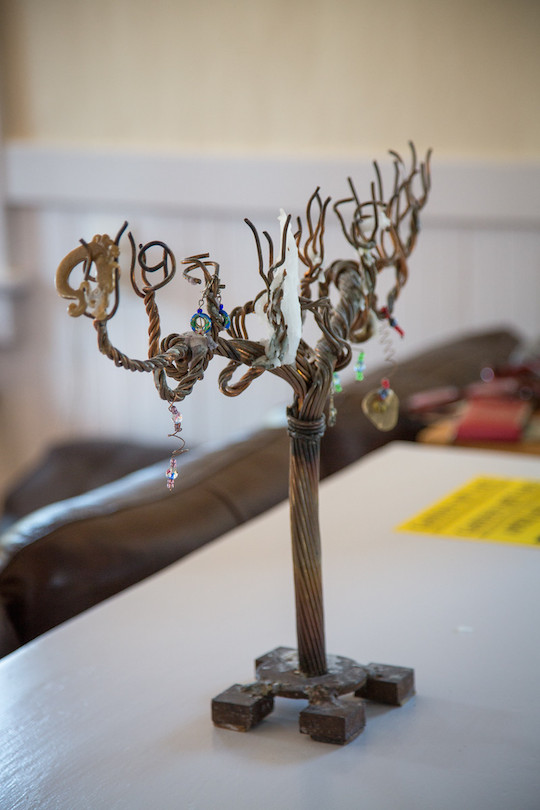
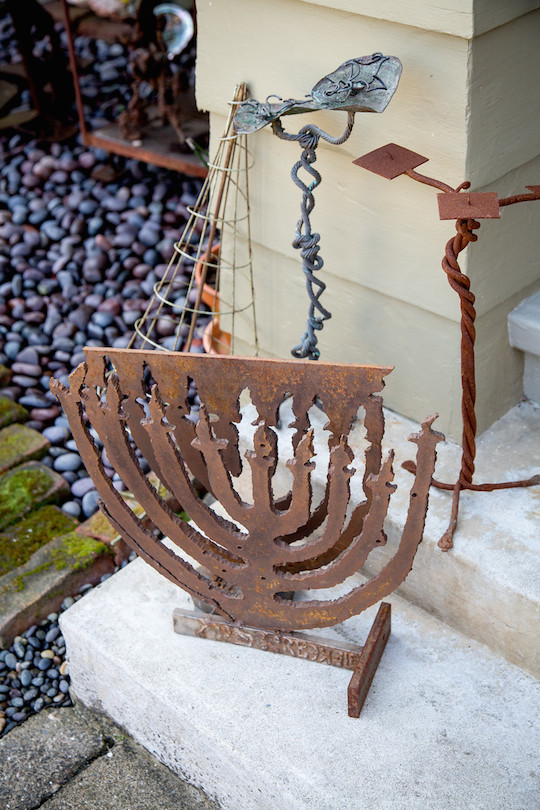
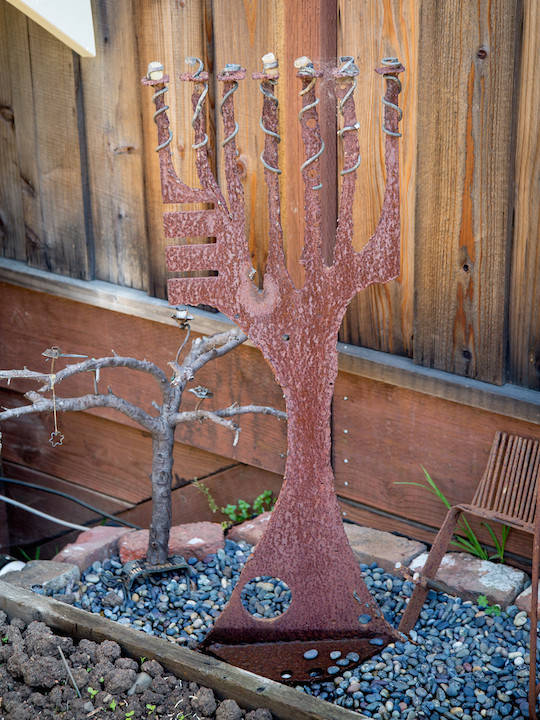
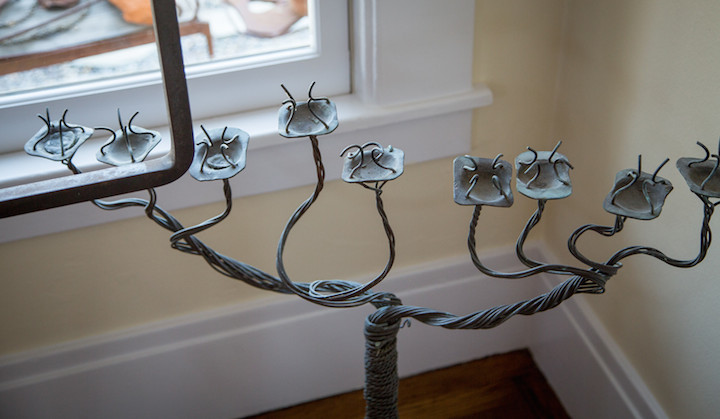
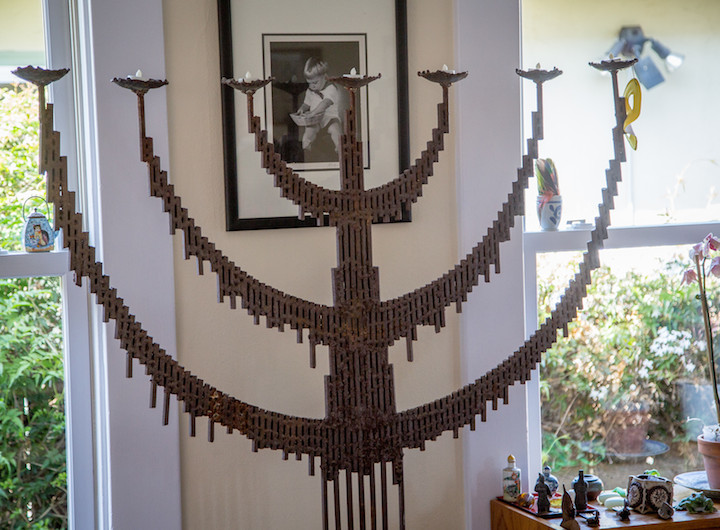
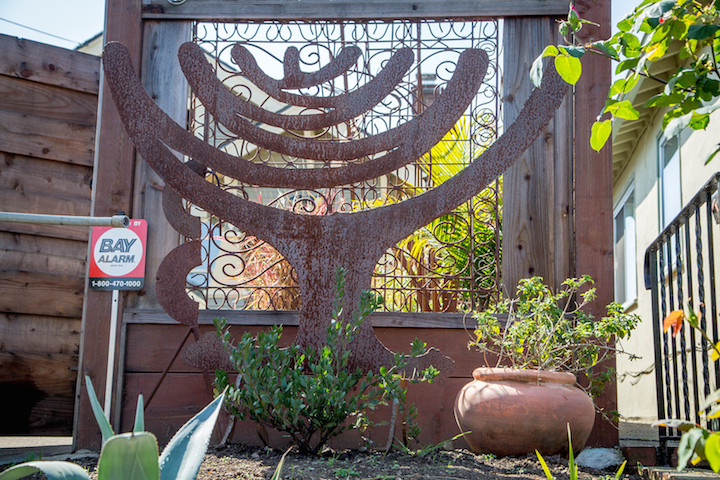
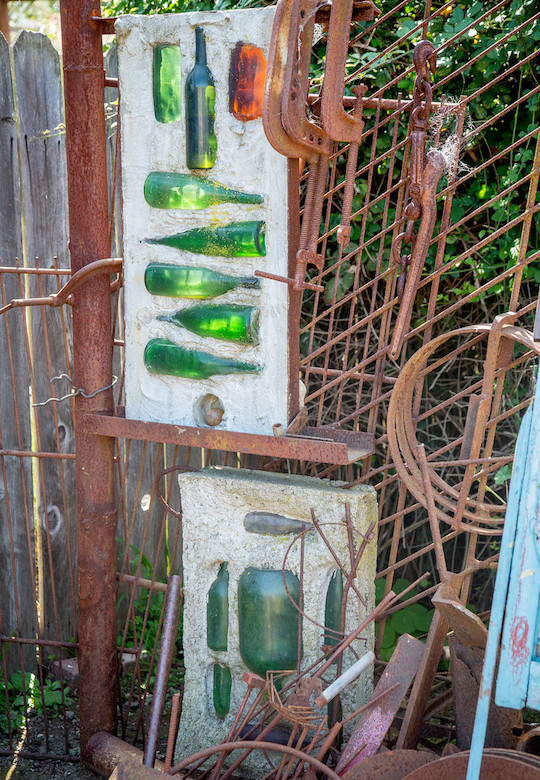
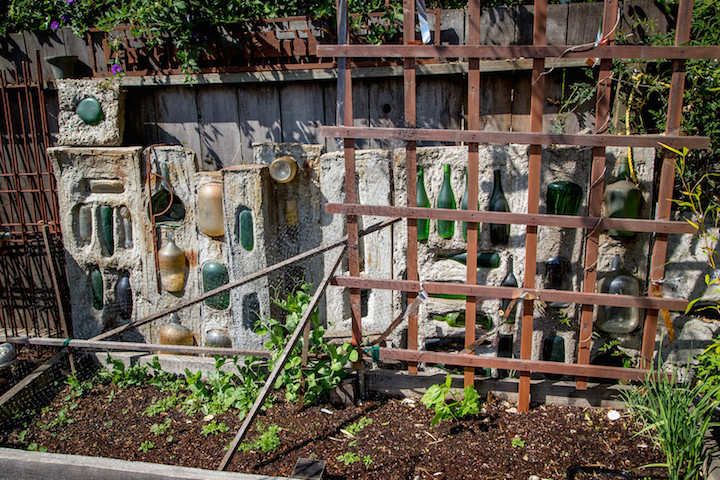
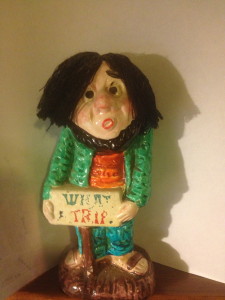
Found this precious. I remember your dad your mom and sister. Izzy was one of the most interesting ‘adults’ that comes back to memory. I remember the house where we would all gather in your room in the attic and pass the reefer around. Your dad was the coolest ever. Glad you have kept all of his work alive.
I remember Mr & Mrs. Sher. I visited the house to attend camp fire girls meetings at the home. Margo is my friend. I always loved seeing the sculptures in the front yard! The article and pictures took me back in time to when I was 6 yrs. old. Berkeley was a special place to grow up. Yhanks for the wonderful article.